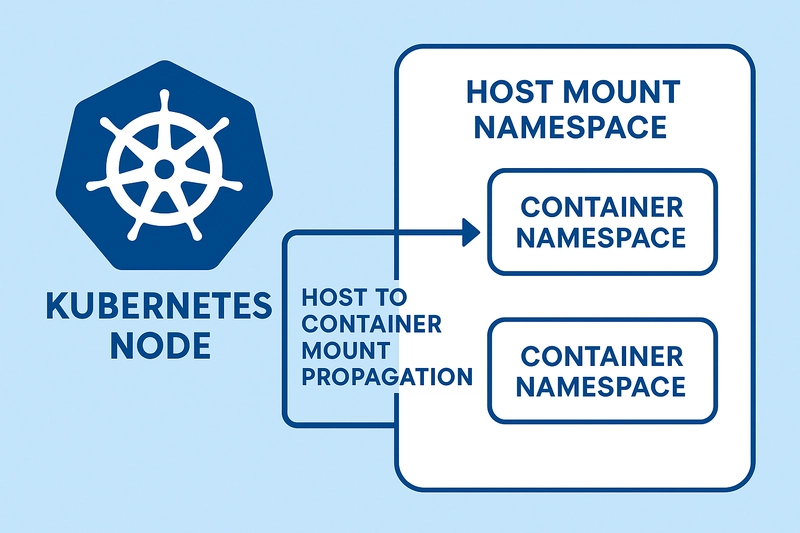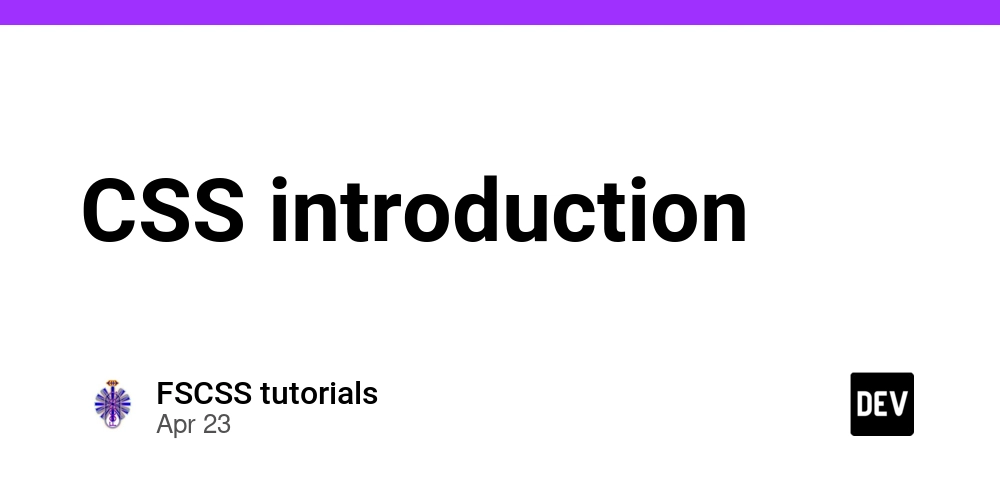Optimizing Slice Lookups With Go Maps
Introduction I don't frequently follow the news, so I started building a small email notification system to keep myself updated on upcoming football fixtures. Since email is usually the first thing I check in the morning, it made sense to deliver only the information I actually care about — straight to my inbox I’ve built the different parts of the program into packages, and now it was time to tie everything together in main.go. The API returns all matches for the day — but I only care about a handful of teams. So I needed a way to filter just the relevant fixtures from the API response. Here’s what I started with. The Brute Force Solution After unmarshalling the API response, I had a slice of all fixtures for the day and a separate slice of the team IDs I care about. So I wrote this filter function: func selectFixtureByTeams(cfg *Config, fixtures []Fixtures, mc *MatchCollector) { for _, team := range cfg.Teams { for _, fixture := range fixtures { if team == fixture.Teams.Home.Id || team == fixture.Teams.Away.Id { mc.addMatches(fixture) } } } } While this works, it's doing a lot of unnecessary comparisons. I had noticed for every team, I was looping through the whole fixtures slice. Let's say I have 10 teams and 1000 fixtures, it means I am doing 10,000 comparisons — the time complexity will be an O(n x m) How did I approach optimizing this solution? The Optimized Solution Instead of checking each team against every fixture in a nested loop, I decided to flip the structure: Store the team IDs in a map[int]struct{} and use constant time lookups. I believed creating a setup where storing the teams in a map with an empty struct would be suitable. That way, I only loop through the fixtures once and check whether each home/away team exists in the map. func selectFixtureByTeams(cfg *Config, fixtures []*Fixtures, mc *MatchCollector) { teams := make(map[int]struct{}) for _, team := range cfg.Teams { teams[team] = struct{}{} } for _, fixture := range fixtures { if _, ok := teams[fixture.Teams.Home.Id]; ok { mc.addMatches(fixture) } if _, ok := teams[fixture.Teams.Away.Id]; ok { mc.addMatches(fixture) } } } Why does this solution work better? The selected teams setup into a map is an O(n) operation The lookups for every team in the slice fixtures is also an O(n) Operation Lookups in the map are O(1) So instead of n × m, we now get O(n + m) which is a significant improvement. Let's say I have 10 teams and 1000 fixtures, with this solution, we would only do 1000 comparisons in the worst case. Benchmarking Here are the benchmark results # Brute-force nested loops on 100 000 fixtures and 100 watched teams BenchmarkSelectFixtureByTeams_Scale_Nested-12 16 67 648 852 ns/op # Map-optimized lookups on the same data set BenchmarkSelectFixtureByTeams_Scale_Map-12 79 14 829 840 ns/op Final Thoughts While this is not a big change. The performance squeeze adds up especially in scenarios where large data is involved.so anytime your logic involves using a nested loop or checking if items exist in a slice, always reach for a map. If you're curious, the project this optimization came from is open source — you can check it out here: github.com/t0gun/emailfutbol — Tobiloba Ogundiyan

Introduction
I don't frequently follow the news, so I started building a small email notification system to keep myself updated on upcoming football fixtures.
Since email is usually the first thing I check in the morning, it made sense to deliver only the information I actually care about — straight to my inbox
I’ve built the different parts of the program into packages,
and now it was time to tie everything together in main.go.
The API returns all matches for the day —
but I only care about a handful of teams.
So I needed a way to filter just the relevant fixtures from the API response.
Here’s what I started with.
The Brute Force Solution
After unmarshalling the API response, I had a slice of all fixtures for the day and a separate slice of the team IDs I care about.
So I wrote this filter function:
func selectFixtureByTeams(cfg *Config, fixtures []Fixtures, mc *MatchCollector) {
for _, team := range cfg.Teams {
for _, fixture := range fixtures {
if team == fixture.Teams.Home.Id || team == fixture.Teams.Away.Id {
mc.addMatches(fixture)
}
}
}
}
While this works, it's doing a lot of unnecessary comparisons. I had noticed for every team, I was looping through the whole fixtures slice.
Let's say I have 10 teams and 1000 fixtures, it means I am doing 10,000 comparisons — the time complexity will be an O(n x m)
How did I approach optimizing this solution?
The Optimized Solution
Instead of checking each team against every fixture in a nested loop, I decided to flip the structure:
Store the team IDs in a
map[int]struct{}and use constant time lookups.
I believed creating a setup where storing the teams in a map with an empty struct would be suitable. That way, I only loop through the fixtures once and check whether each home/away team exists in the map.
func selectFixtureByTeams(cfg *Config, fixtures []*Fixtures, mc *MatchCollector) {
teams := make(map[int]struct{})
for _, team := range cfg.Teams {
teams[team] = struct{}{}
}
for _, fixture := range fixtures {
if _, ok := teams[fixture.Teams.Home.Id]; ok {
mc.addMatches(fixture)
}
if _, ok := teams[fixture.Teams.Away.Id]; ok {
mc.addMatches(fixture)
}
}
}
Why does this solution work better?
- The selected teams setup into a map is an O(n) operation
- The lookups for every team in the slice fixtures is also an O(n) Operation
- Lookups in the map are O(1)
So instead of n × m, we now get O(n + m) which is a significant improvement.
Let's say I have 10 teams and 1000 fixtures, with this solution, we would only do 1000 comparisons in the worst case.
Benchmarking
Here are the benchmark results
# Brute-force nested loops on 100 000 fixtures and 100 watched teams
BenchmarkSelectFixtureByTeams_Scale_Nested-12 16 67 648 852 ns/op
# Map-optimized lookups on the same data set
BenchmarkSelectFixtureByTeams_Scale_Map-12 79 14 829 840 ns/op
Final Thoughts
While this is not a big change. The performance squeeze adds up especially in scenarios where large data is involved.so anytime your logic involves using a nested loop or checking if items exist in a slice, always reach for a map.
If you're curious, the project this optimization came from is open source — you can check it out here: github.com/t0gun/emailfutbol
— Tobiloba Ogundiyan






































































![New iPhone 17 Dummy Models Surface in Black and White [Images]](https://www.iclarified.com/images/news/97106/97106/97106-640.jpg)


![Mike Rockwell is Overhauling Siri's Leadership Team [Report]](https://www.iclarified.com/images/news/97096/97096/97096-640.jpg)



































































































































































































![[The AI Show Episode 144]: ChatGPT’s New Memory, Shopify CEO’s Leaked “AI First” Memo, Google Cloud Next Releases, o3 and o4-mini Coming Soon & Llama 4’s Rocky Launch](https://www.marketingaiinstitute.com/hubfs/ep%20144%20cover.png)






















































































































![Is This Programming Paradigm New? [closed]](https://miro.medium.com/v2/resize:fit:1200/format:webp/1*nKR2930riHA4VC7dLwIuxA.gif)













































-Classic-Nintendo-GameCube-games-are-coming-to-Nintendo-Switch-2!-00-00-13.png?width=1920&height=1920&fit=bounds&quality=70&format=jpg&auto=webp#)





































































